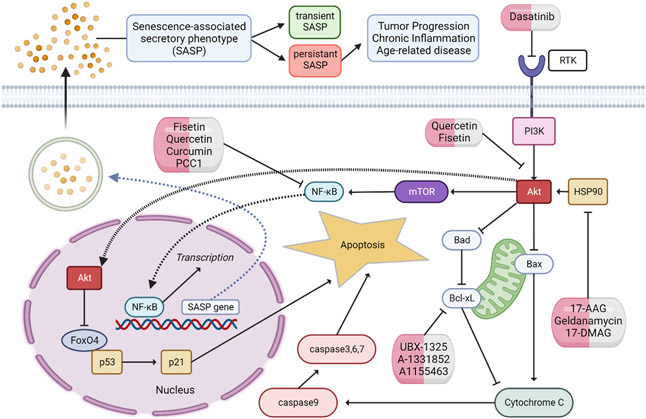Figure 1: Mechanisms through which senolytics interfere with aging.
Mechanisms of actions of different senolytics (Dasatinib, Fisetin, Quercetin, Curcumin, PCC1, 17-AAG, 17-DMAG, Geldanamycin, UBC-1325, A-1331852, A1155463) are shown. Interfering with distinct signaling pathways, senolytics facilitate the apoptosis of senescent cells, thereby reducing the secretion of the senescence-associated secretory phenotype. Arrows represent activation; bars represent inhibition; yellow/red particles symbolize the senescence-associated secretory phenotype. Abbreviations: RTK, receptor tyrosine kinase; PI3K, Phosphatidylinositol 3-kinase; Akt, Protein kinase B; HSP90, heat shock protein 90; mTOR, mammalian target of rapamycin; NF-κB, nuclear factor kappa-light-chain-enhancer of activated B cells; bad, BCL2 associated agonist of cell death; Bax, Bcl-2-associated X protein; Bcl-xL, B-cell lymphoma-extra-large; FoxO4, Forkhead box protein O4; p21, cyclin-dependent kinase inhibitor 1; p53, tumor suppressor p53; PCC1, procyanidin C1; 17-AAG, 17-N-allylamino-17-demethoxygeldanamycin; 17-DMAG, 17-Dimethylaminoethylamino- 17-demethoxygeldanamycin; A-1331852 & A-1155463, both selective Bcl-xL inibitors.

